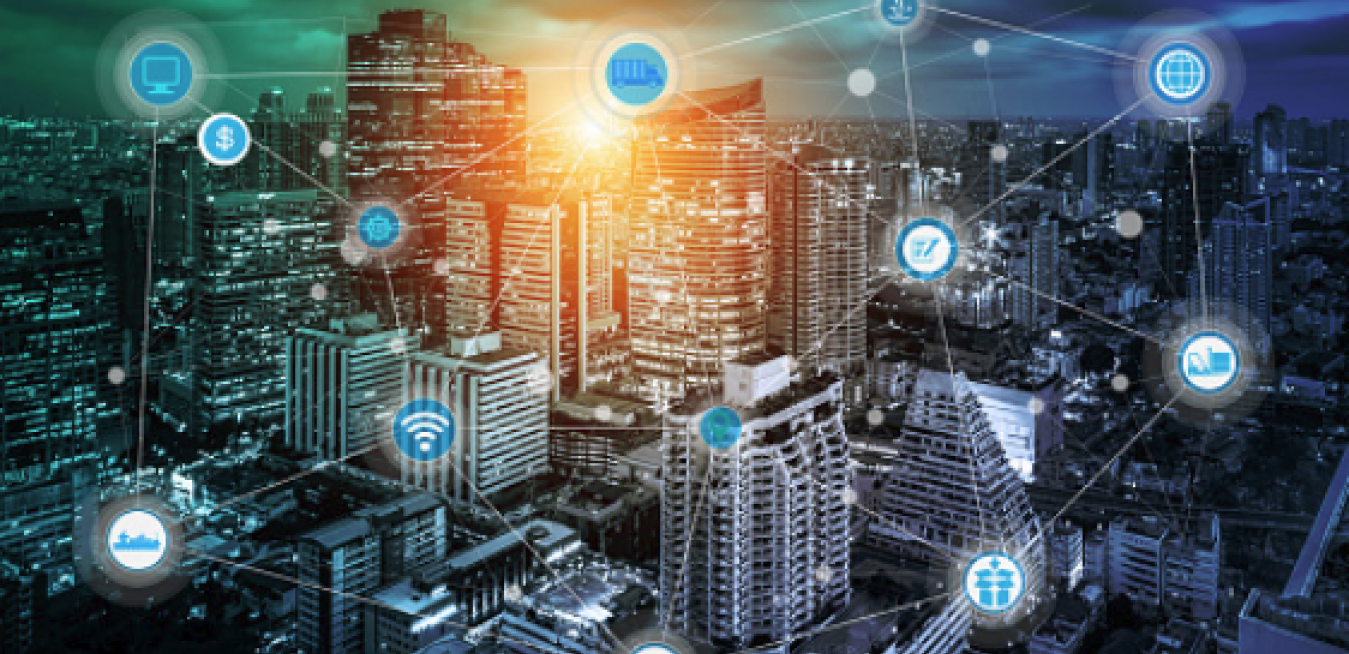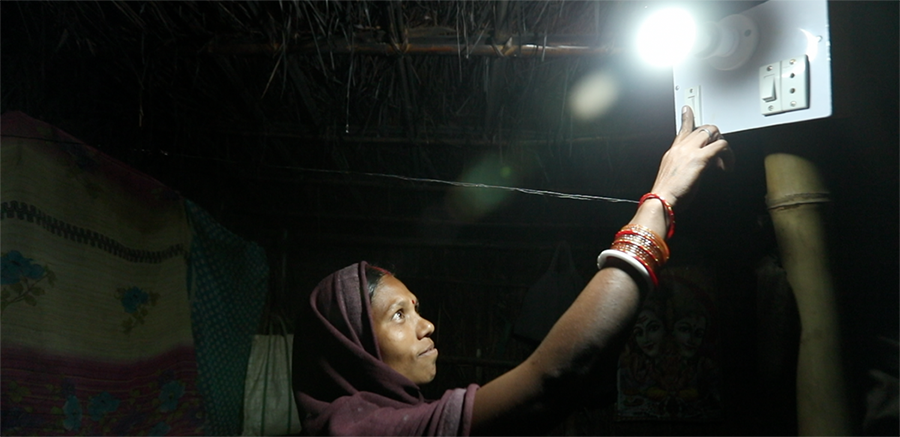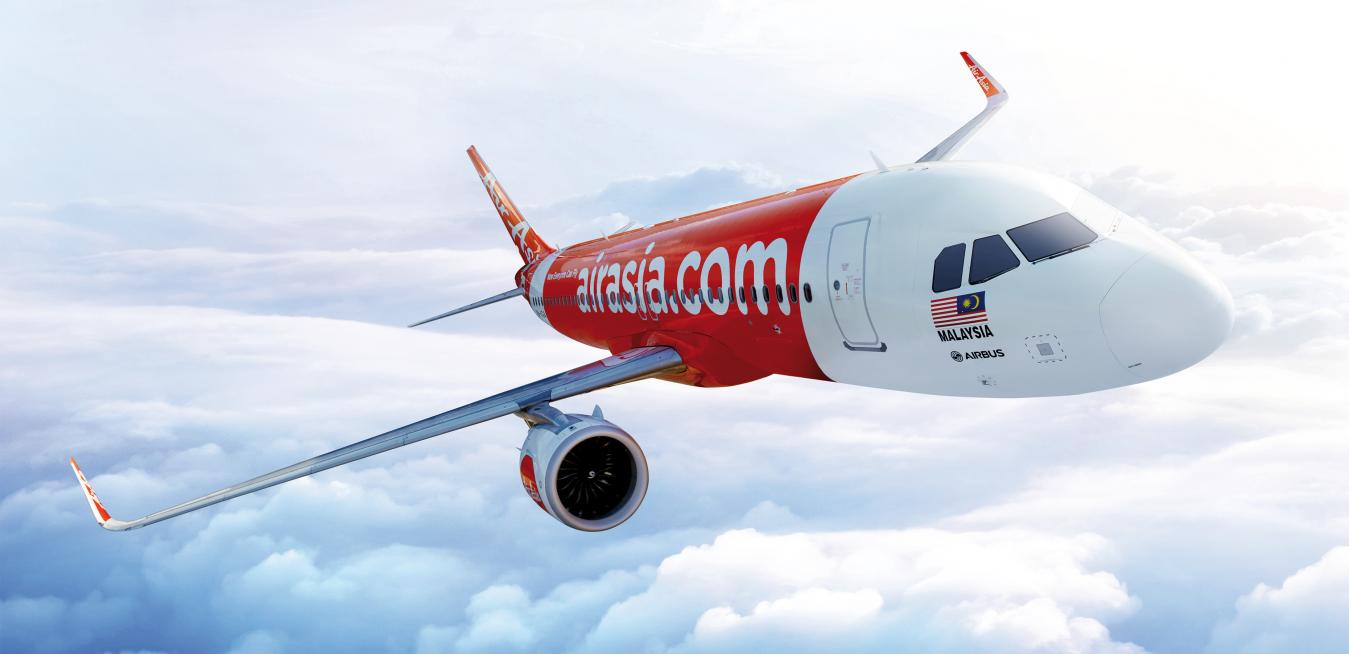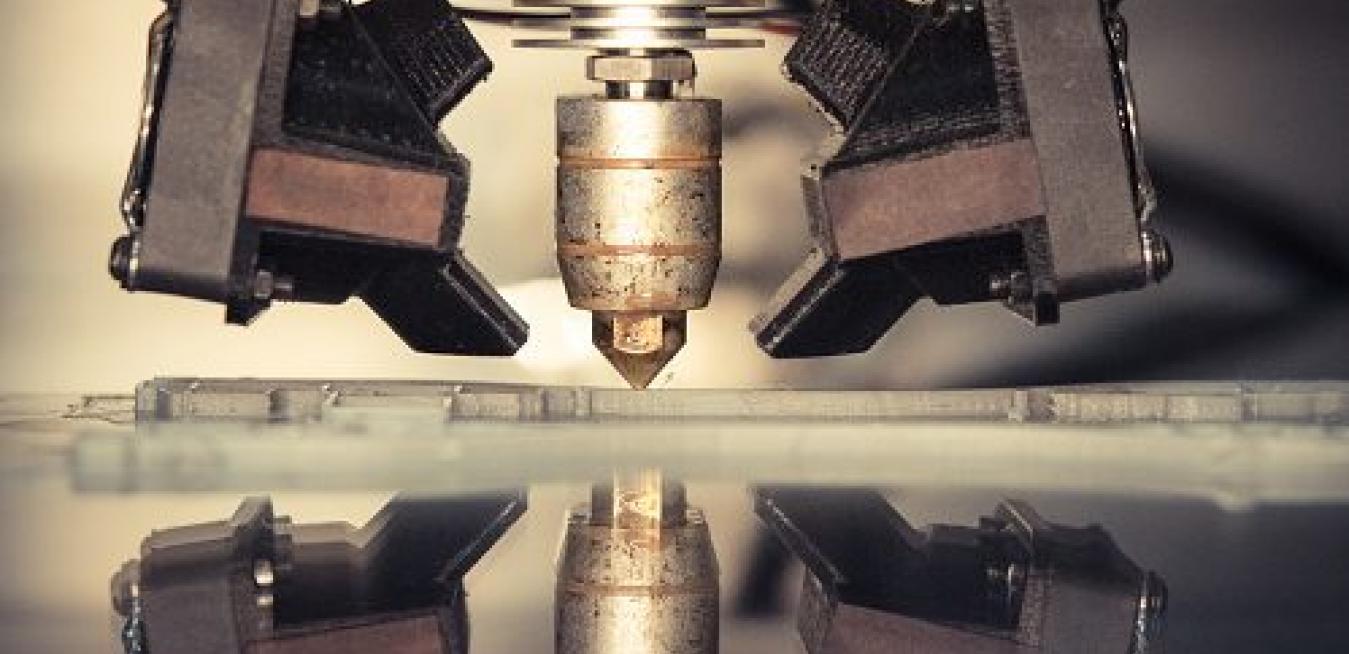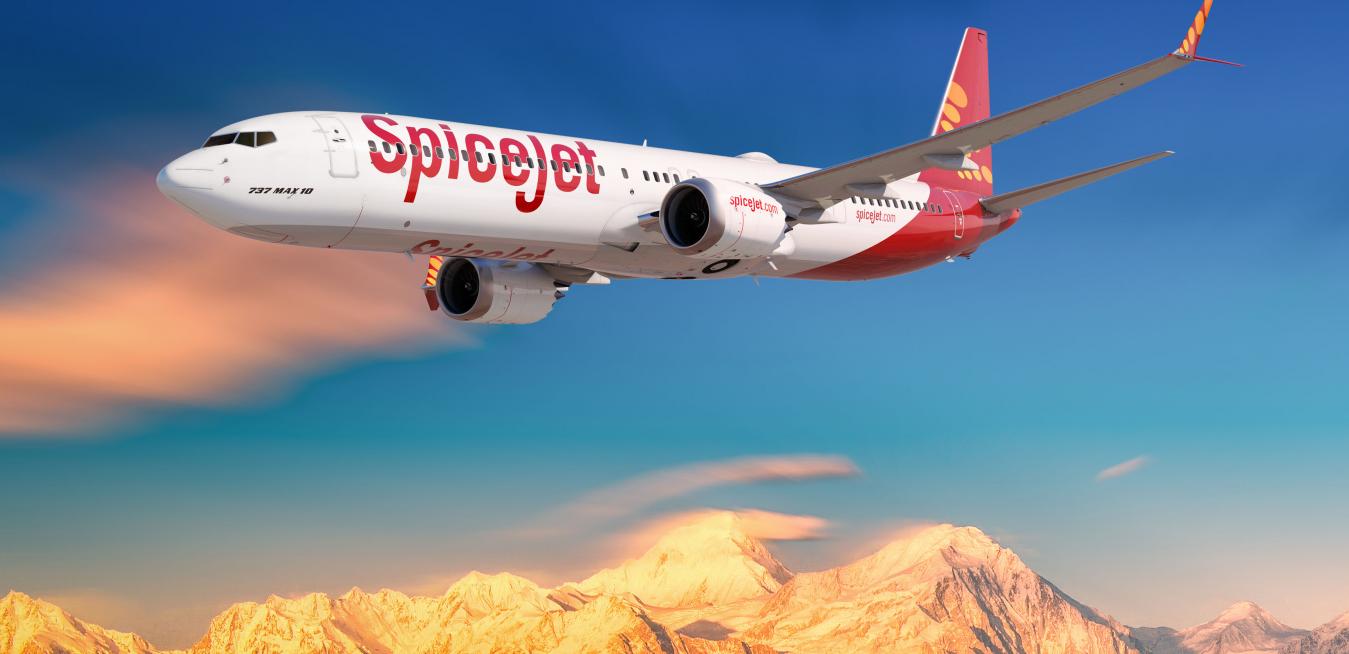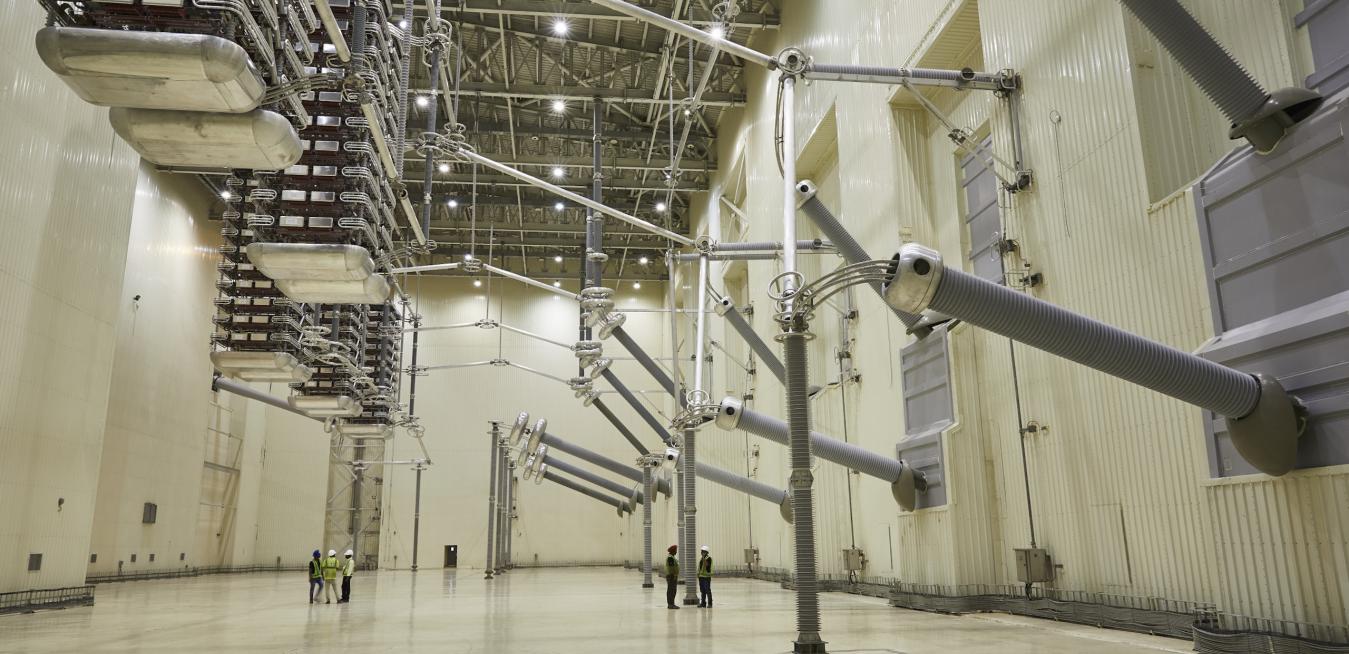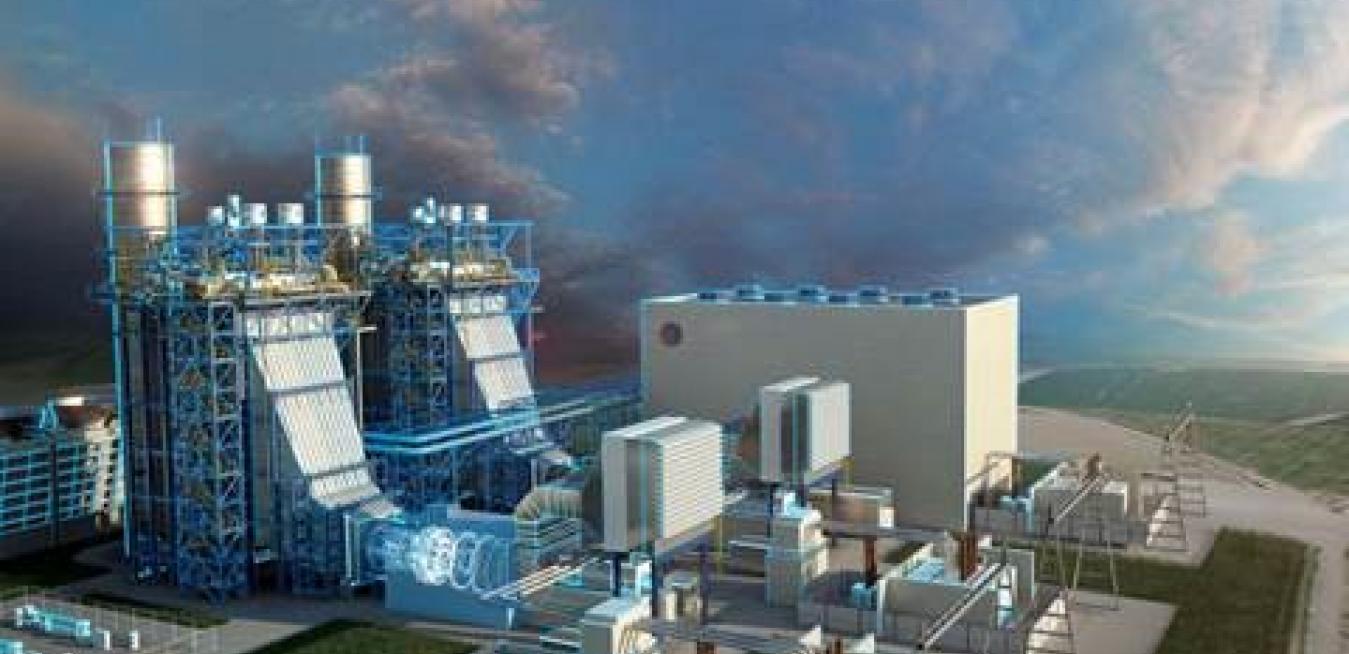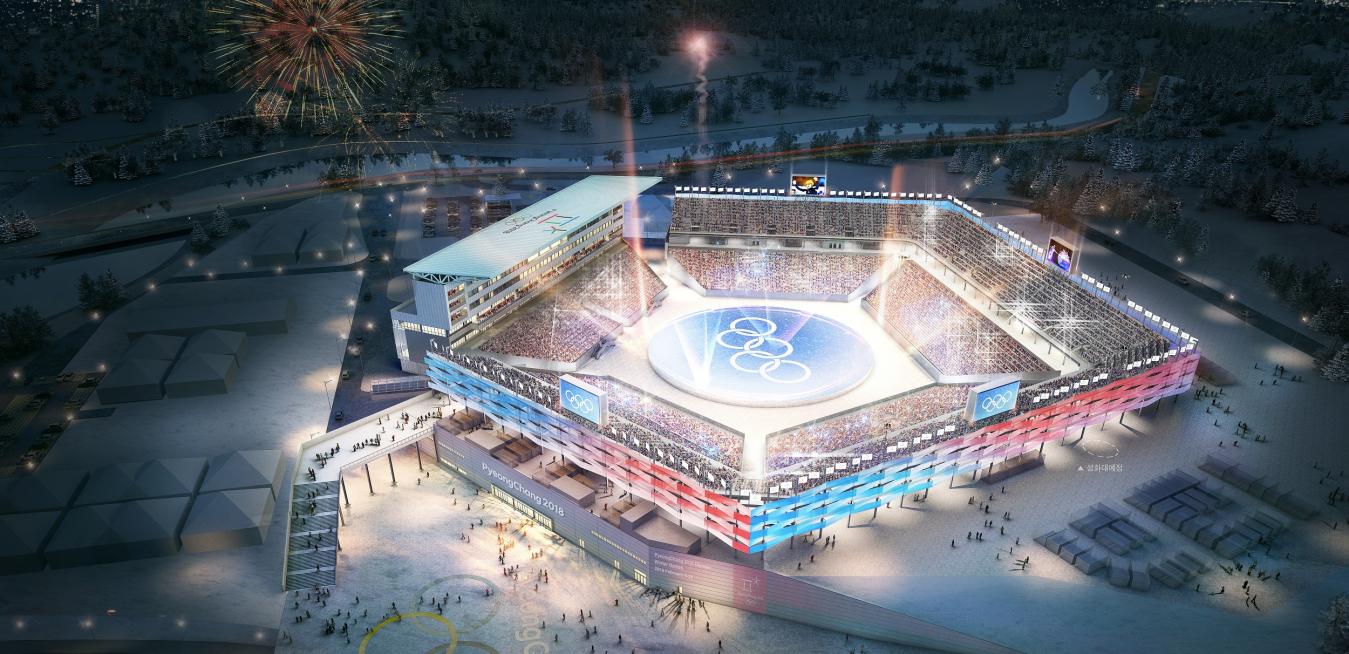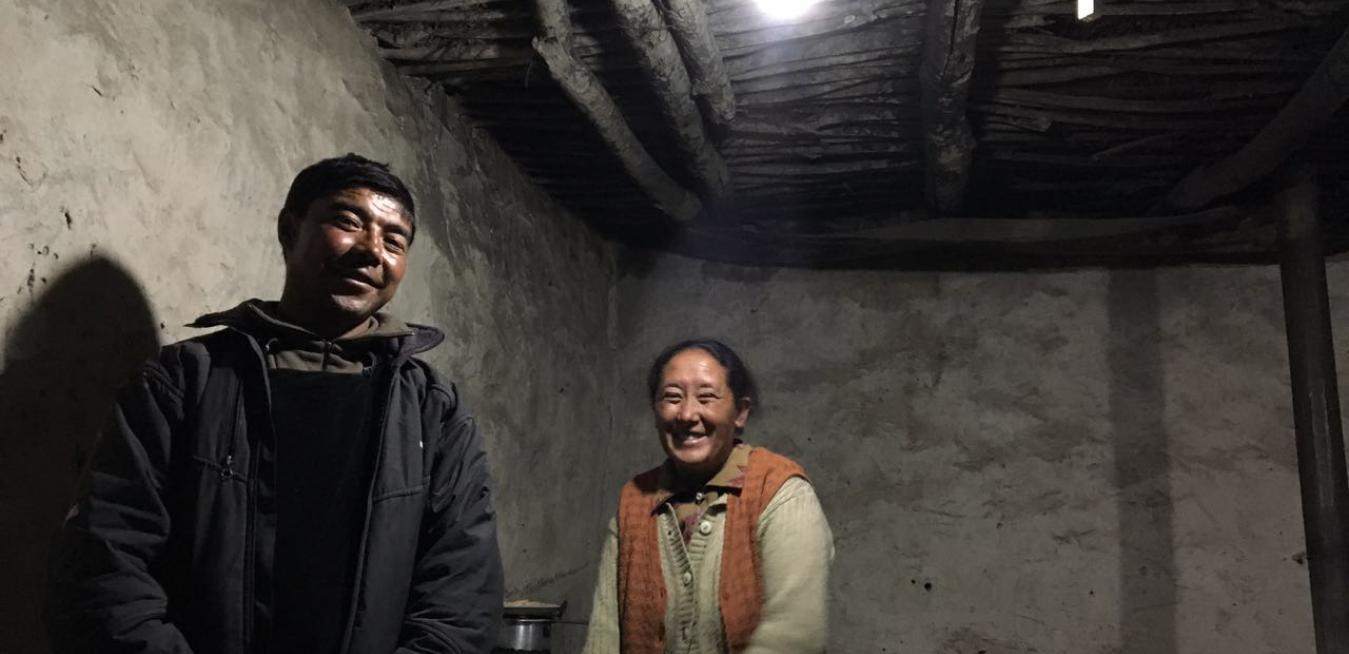News and insights from Asean
When GE Global Research Center engineer Jayesh Barve arrived in Behlolpur, India, in February, he found children and adults from this remote village learning to read and write with the help of a new computer. The sight overwhelmed him. As recently as last fall, Behlolpur, located in Bihar province, had no electricity — much less computers. Villagers rose with the sun and lit candles or oil lamps at night, just like their ancestors centuries ago.
AirAsia, one of the world’s fastest-growing airlines, is all about trendsetting. By introducing affordable air travel to Asia in 2001, its co-founder and group CEO Anthony “Tony” Fernandes morphed a little-known airline with two aircraft into one that commands a fleet of more than 200 and an army of more than 20,000 employees, and carried more than 70 million passengers last year alone.
There are a number of villages in northern India without reliable access to electricity. If entrepreneurial residents want to start a business, like repairing shoes or selling new farming equipment, they have to do it during daylight hours or by the light of kerosene lamps. And forget about using the internet to take orders, receive payments or order new inventory. Other ways of reaching customers also pose challenges. Without power, the only way to charge a cellphone often involves waiting in line at a solar panel or diesel generator.
That’s the main theme of a trio of GE ads the company launched during the 2018 Winter Olympic Games in Pyeongchang, South Korea, on Sunday.
